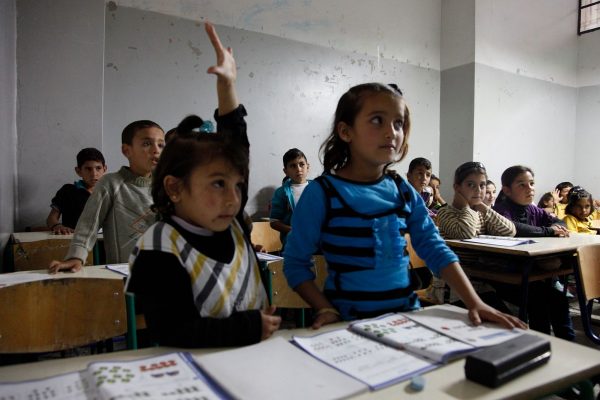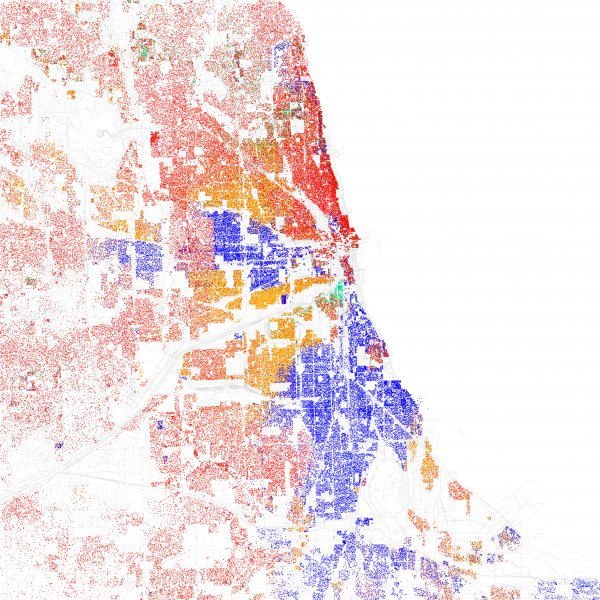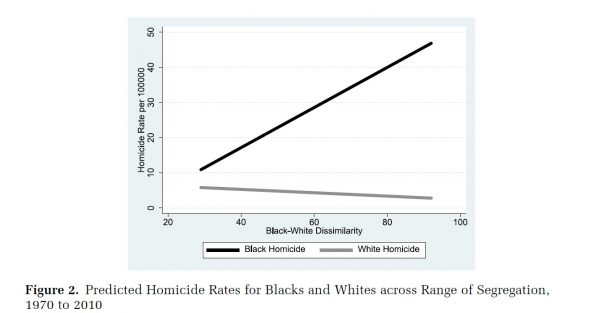
In October there were four women out of twelve presidential candidates on the Democratic debate stage, and Joe Biden has committed to selecting a woman as his vice president. But women are still underrepresented in political and business leadership. Why does this continue to be the case, 100 years after female suffrage and 50 years after the women’s movement went mainstream? New experimental research finds that anticipating harsh consequences for failure may be one reason women do not say yes to leadership opportunities.
Susan Fisk and Jon Overton performed three studies to test how the belief that female leaders are punished more harshly than men affects women’s leadership ambitions. They first confirmed through a survey that both men and women believe female leaders will face harsher consequences for failure. They then tested whether “costly” failure would decrease leadership ambitions as compared to “benign” failure, using survey questions about whether the respondent would be willing to take on a hypothetical leadership opportunity at their job. In the “benign” circumstance the respondent’s supervisor had encouraged them to take the leadership opportunity and had expressed that the respondent could return to the original team if the initiative failed. In the “costly failure” circumstance the respondent had not received support from their supervisor and did not know what would happen if the initiative failed.
Both men and women were less likely to say yes to the leadership position in the costly failure circumstance, but women’s leadership ambitions decreased an additional 20% over the men’s decrease. These results demonstrate that simply encouraging women to say yes to more opportunities misses why they might say no. Women in the workplace are aware that they may be judged more harshly and face more reputational or employment consequences if they fail. This study helps us understand the micro-level reasons behind the stalled gender revolution and how gender inequality can continue to exist within gender-neutral organizations.










